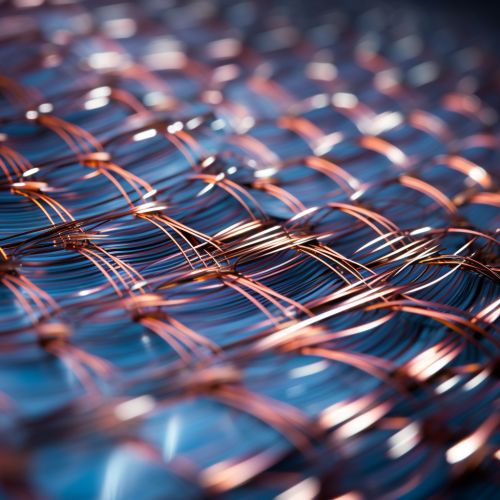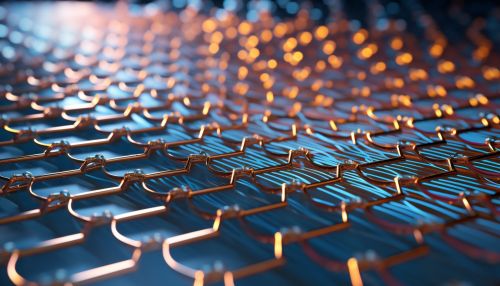Quantum Computing with Superconducting Nanowires
Introduction
Quantum computing is a rapidly evolving field that leverages the principles of quantum mechanics to perform computational tasks. One of the promising avenues in this domain is the use of superconducting nanowires, which have unique properties that make them suitable for quantum computing applications.


Superconducting Nanowires
Superconducting nanowires are ultra-thin wires, typically made of materials like niobium or aluminum, that exhibit superconductivity at very low temperatures. Superconductivity is a quantum mechanical phenomenon where a material can conduct electric current without any resistance. This property is crucial in the context of quantum computing, as it allows for the creation of qubits, the fundamental units of information in a quantum computer.
Quantum Computing
Quantum computing differs from classical computing in that it leverages the principles of quantum mechanics to process information. While classical computers use bits as their basic unit of information, quantum computers use qubits. A qubit can exist in a superposition of states, allowing it to represent both 0 and 1 simultaneously. This property, along with the ability to entangle qubits, enables quantum computers to perform complex calculations much more efficiently than classical computers.
Superconducting Qubits
Superconducting qubits are a type of qubit that utilize the properties of superconducting circuits. These circuits are made up of superconducting nanowires and other components, such as Josephson junctions, which allow for the manipulation of quantum states. Superconducting qubits are particularly promising for quantum computing due to their long coherence times and the ability to control them with high precision.
Quantum Computing with Superconducting Nanowires
Superconducting nanowires have several properties that make them ideal for quantum computing applications. Firstly, their superconducting nature allows for the creation of qubits with long coherence times. Secondly, they can be fabricated with high precision, allowing for the creation of complex quantum circuits. Lastly, they can be integrated into larger systems, making them suitable for scalable quantum computing architectures.


Challenges and Future Directions
Despite the promise of superconducting nanowires for quantum computing, there are several challenges that need to be addressed. These include improving the coherence times of superconducting qubits, reducing the error rates in quantum operations, and developing scalable architectures for large-scale quantum computers. Future research in this field will likely focus on addressing these challenges and further exploring the potential of superconducting nanowires for quantum computing.
